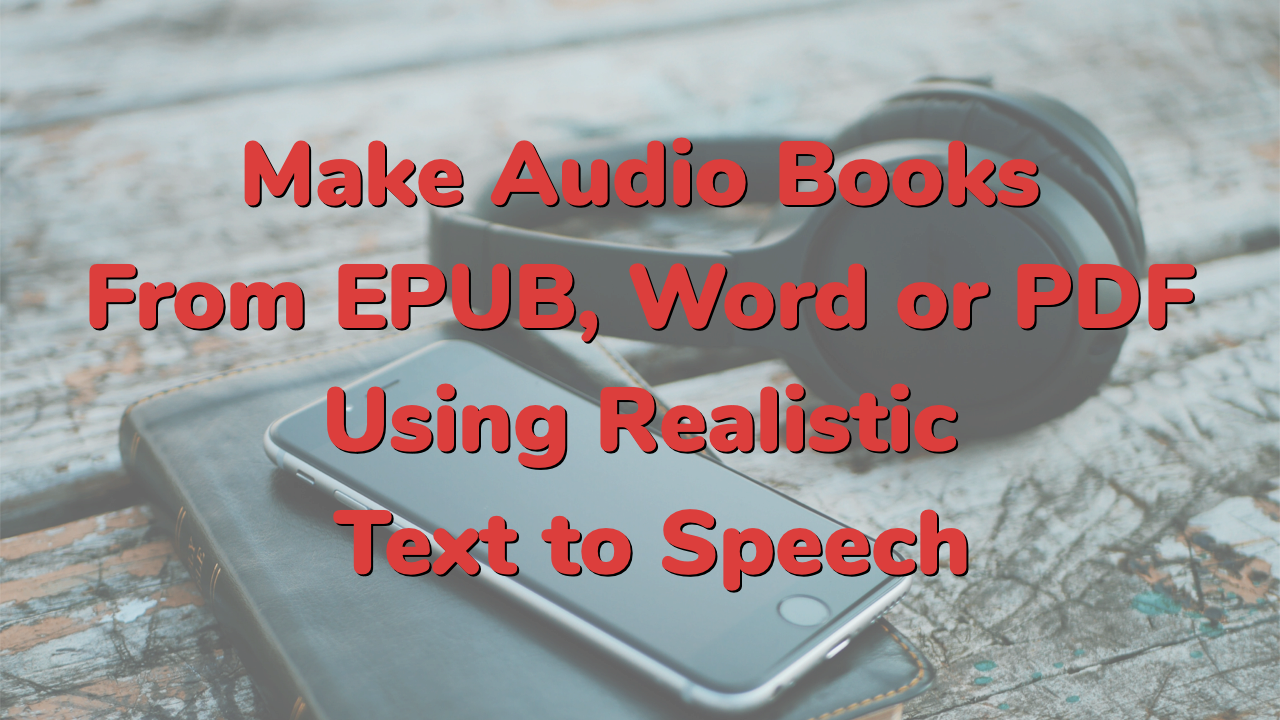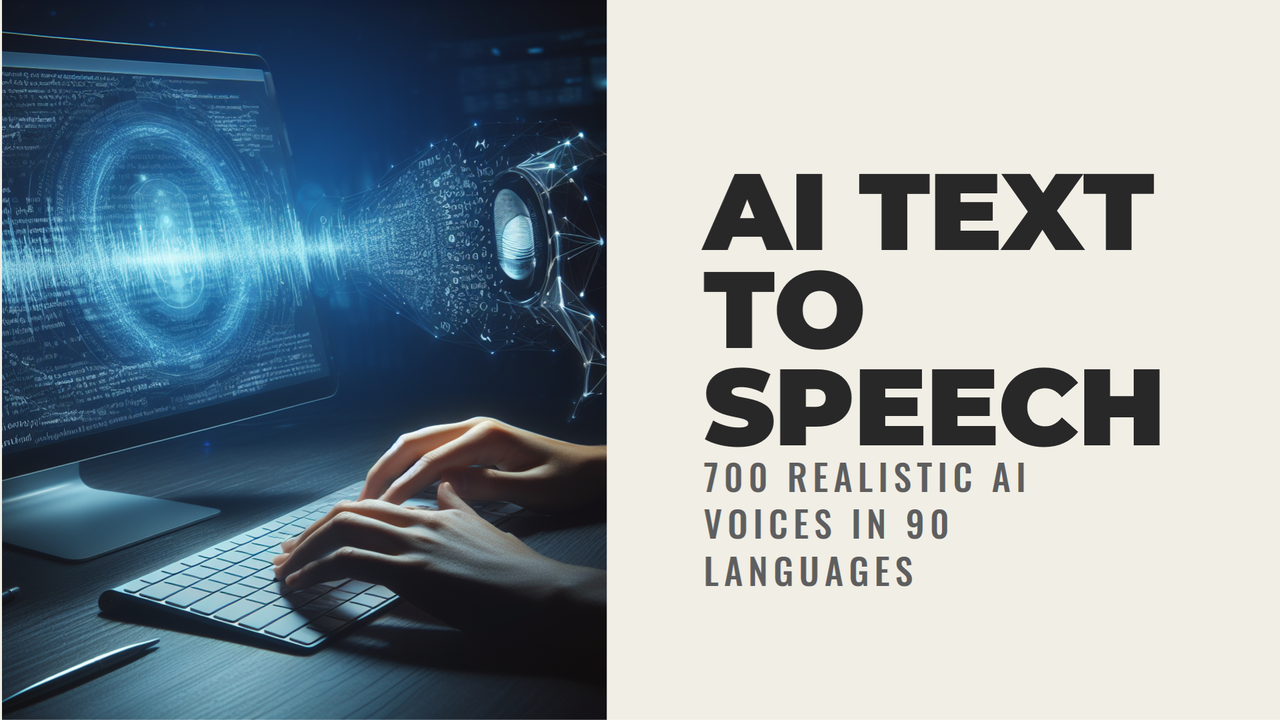Documentary Voice Over
Documentary Voice Generators in more than 100 languages and regional accents. Get started free with our documentary voices, no need to register.
Documentary Voice
Create documentary voiceovers quickly and easily using our realistic text to speech AI voices. Narakeet helps you create audio tracks for documentaries and factual content easily, without having to record the audio yourself, or the requirement to hire professional voice talent and use expensive recording equipment. With 800 voices in 100 languages and regional accents, there are plenty of options for all kinds of themes and audiences. Play the video below for a quick sample of some of our most popular documentary voice options:
Free AI Documentary Voice
Create documentary voice over free instantly online. Just enter some text into the Script box below, select one of the voices, and click the “Create Audio” button. You can create 20 documentary voice files free, without even registering.
This is just a small sample of our AI voices that can be used as a documentary narrator. For other languages and many more choices (including various regional accents, age, genders and ethnicity), check out the full Text to Audio tool.
AI Voice Documentary
The best documentary narrators usually speak with authority, grounding documentary voice over in a calm confidence that commands attention. Their measured cadence allows complex information to settle comfortably in the listener’s mind. Through subtle shifts in tone, they convey emotion without ever stealing focus from the visuals. Above all, they understand the power of silence, using well-timed pauses to let important moments resonate.
A common choice for AI documentary narrator voices is a mature male voice, often with a British or Eastern US accent. Audiences usually appreciate audio resembling the famous nature documentary narrator David Attenborough voice, or the history narrator Ken Burns voice. For the full list of 800 voice makers in 100 languages, see our Text to Speech Voices page.
AI documentary voice generator
When writing scripts for a documentary voice, here are some key things to keep in mind:
- Start with a clear narrative arc: Outline the story beats—setup, rising tension, climax, resolution—so each line of narration propels viewers through a coherent journey rather than a list of facts.
- Write for the ear, not the eye: Favor short sentences, vivid verbs, and concrete imagery that sound natural when spoken aloud. Use the preview function to read your documentary voice draft out loud to catch tongue-twisters or clunky phrasing.
- Match tone to visuals and theme: A scientific documentary voice might need measured authority, while a nature documentary narrator should carry warmth and empathy; let the film’s mood dictate word choice, rhythm, and vocal emphasis. You can change the reading speed to improve how a voice matches your content, and align key beats with on-screen moments so important facts land precisely when the viewer is most receptive.
- Layer context without overexplaining: Provide just enough background to unlock deeper meaning in what the audience sees, trusting their intelligence and leaving space for curiosity instead of spelling everything out.
- Use pacing and pauses strategically: Vary sentence lengths, sprinkle in deliberate silences for dramatic effect.



